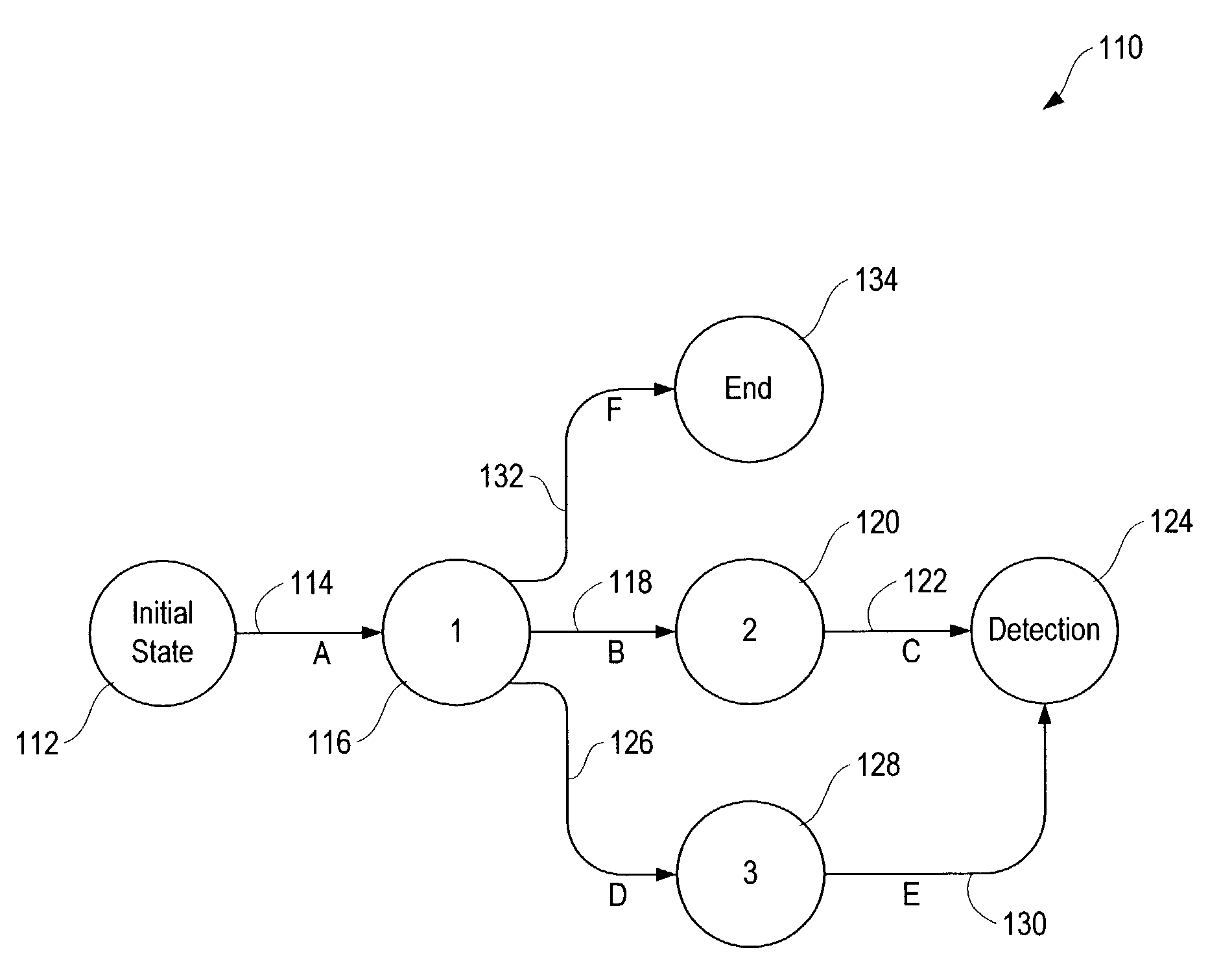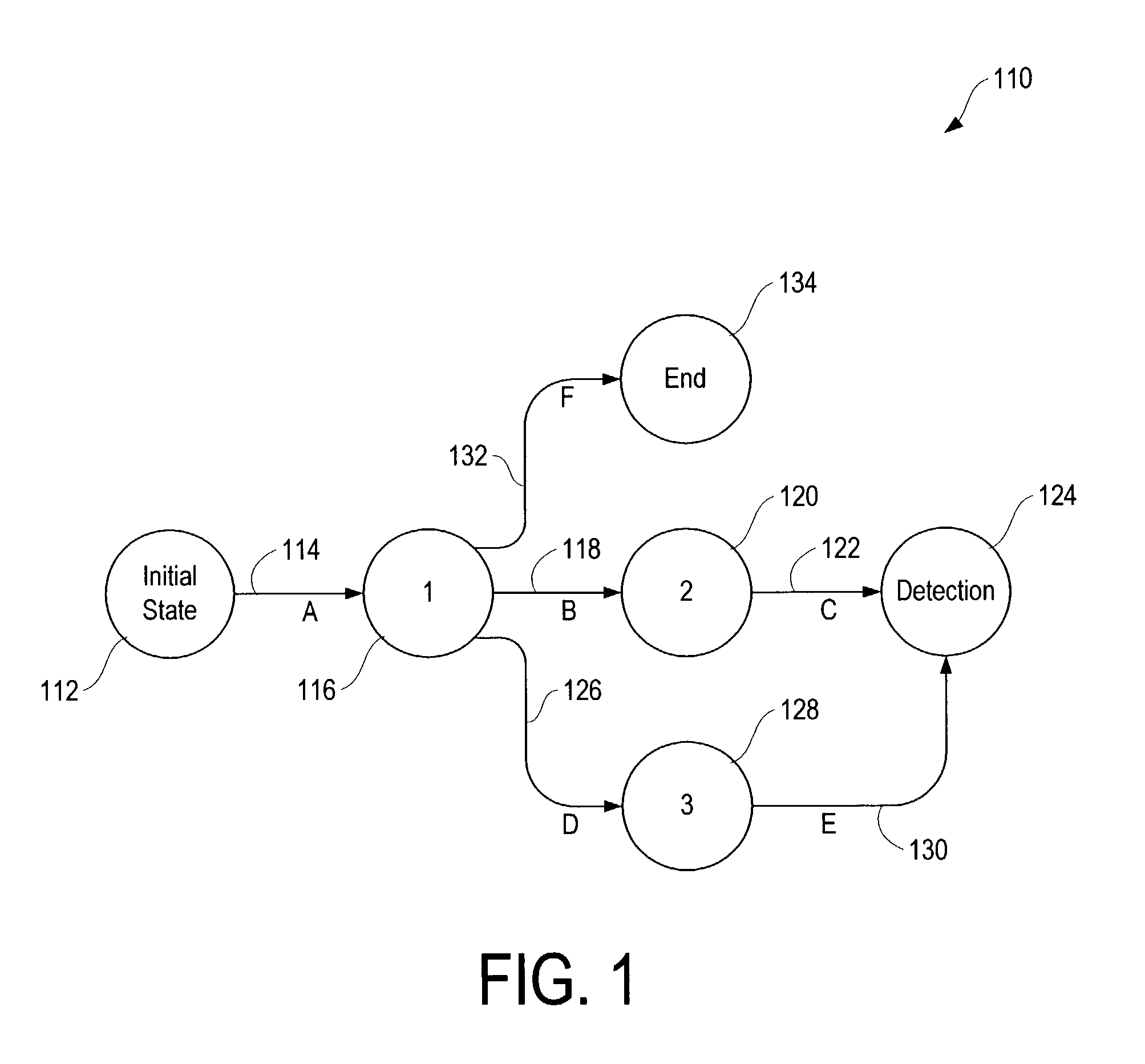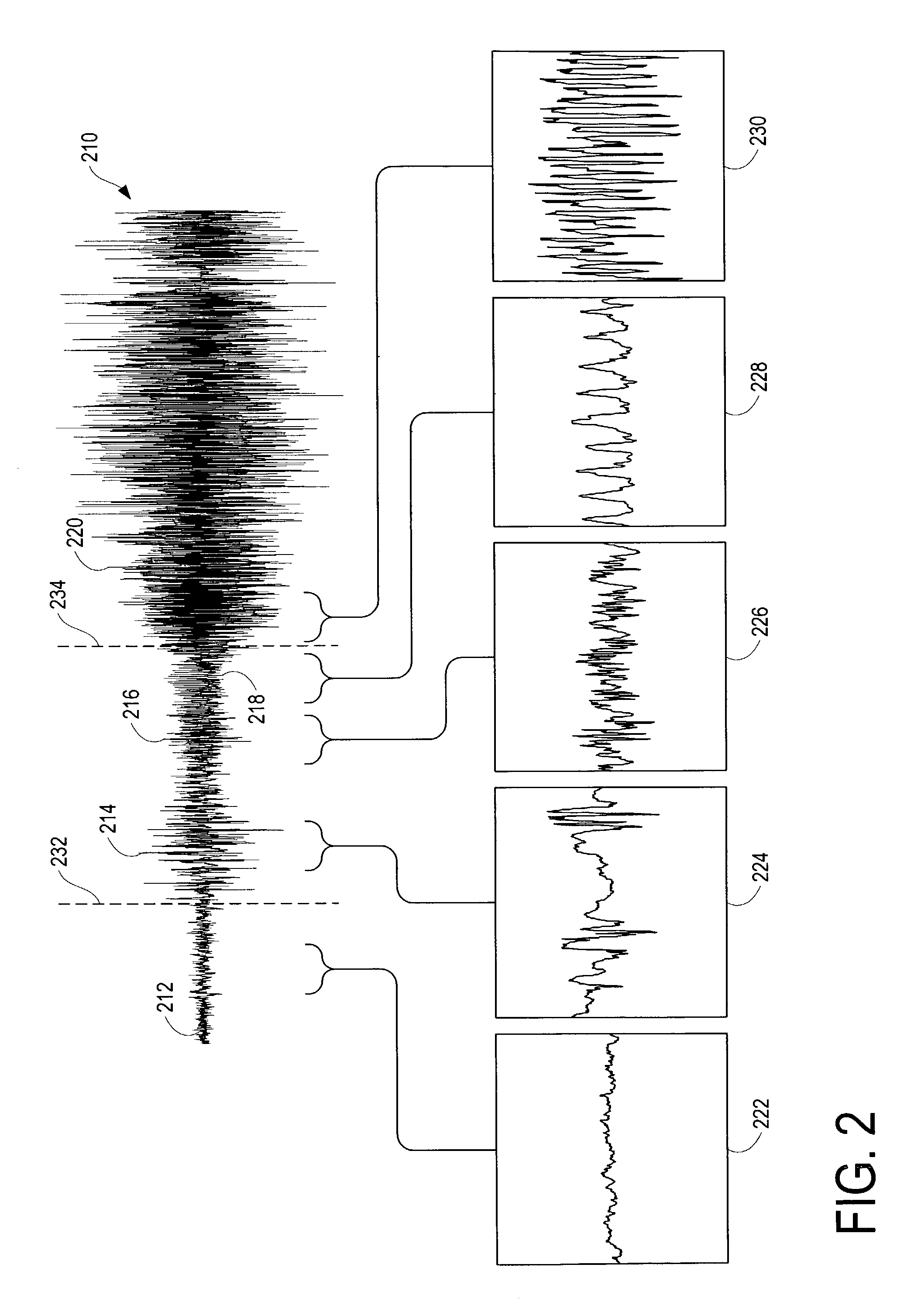Because
epilepsy is characterized by seizures, its sufferers are frequently limited in the kinds of activities they may participate in.
Over time, epileptic seizures often become more frequent and more serious, and in particularly severe cases, are likely to lead to deterioration of other brain functions (including cognitive function) as well as physical impairments.
Unfortunately, those drugs typically have serious side effects, especially
toxicity, and it is extremely important in most cases to maintain a precise therapeutic serum level to avoid breakthrough seizures (if the dosage is too low) or toxic effects (if the dosage is too high).
Besides being less than fully successful, these surgical approaches generally have a high risk of complications, and can often result in damage to eloquent (i.e., functionally important) brain regions and the consequent long-term impairment of various cognitive and other neurological functions.
Furthermore, for a variety of reasons, such surgical treatments are contraindicated in a substantial number of patients.
And unfortunately, even after radical brain
surgery, many
epilepsy patients are still not seizure-free.
However, currently approved and available electrical stimulation devices apply continuous electrical stimulation to neural tissue surrounding or near
implanted electrodes, and do not perform any detection—they are not responsive to relevant neurological conditions.
Unfortunately, a much greater reduction in the incidence of seizures is needed to provide substantial clinical benefit.
Continuous stimulation of deep brain structures for the treatment of epilepsy has not met with consistent success.
An electrographic onset will frequently occur before the corresponding clinical onset, enabling intervention before the patient suffers symptoms, but that is not always the case.
It should be noted that the schemes set forth in the above articles are not tailored for use in an implantable device, and hence typically require more computational ability than would be available in such a device.
However, the
system described therein uses only a single detection modality, namely a count of sharp spike and wave patterns within a time period.
This is accomplished with relatively complex
processing, including averaging over time and quantifying sharpness by way of a second derivative of the
signal.
The Rise patent does not disclose how the signals are processed at a low level, nor does it explain detection criteria in any specific
level of detail.
Although this approach is generally believed to achieve good results, for the most part, its computational expense renders it less than optimal for use in long-term implanted epilepsy monitor and treatment devices.
With
current technology, the battery life in an implantable device computationally capable of performing the Dorfmeister method would be too short for it to be feasible.
Once more, the calculation of statistically relevant characteristics is not believed to be feasible in an implantable device.
However, the known approaches generally observe electrographic patterns at a single moment in time (or over a region of time reduced to one or more features); they do not differentiate between different patterns or sequences of electrographic activity, separated in time or space.
In most cases, with all known implementations of the known approaches to detecting abnormal
seizure activity solely by monitoring and analyzing individual segments of EEG activity, when a
seizure detection algorithm is tuned to catch all seizures, there will be a significant number of false positives.
Furthermore, it should be noted that a false negative (that is, a seizure that occurs without any warning or treatment from the device) will often cause the patient significant discomfort and detriment.
It has been found to be difficult to achieve an acceptably low level of
false positives and false negatives with the level of computational ability available in an implantable device with reasonable battery life.
Rechargeable batteries have not been found to provide any
advantage in this regard, as they are not as efficient as traditional cells, and the additional electronic circuitry required to support the recharging operation contributes to the device's size and complexity.
As stated above, the detection and prediction of ictal activity has traditionally required a significant amount of computational ability.
All of these additional subsystems will consume further power.
As is well known in the art, the computational ability of a processor-controlled system is directly related to both size and
power consumption.
At the
current time, there is no known implantable device that is capable of detecting and predicting seizures based on spatiotemporal patterns and sequences.
 Login to View More
Login to View More  Login to View More
Login to View More 


